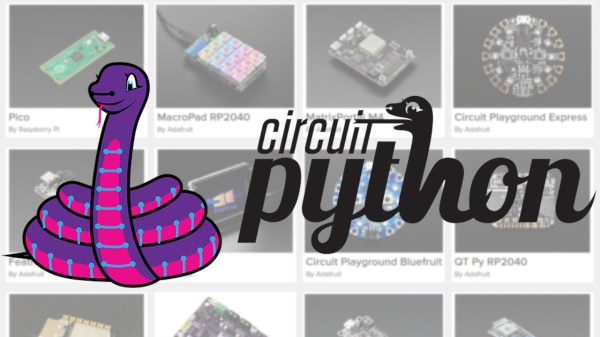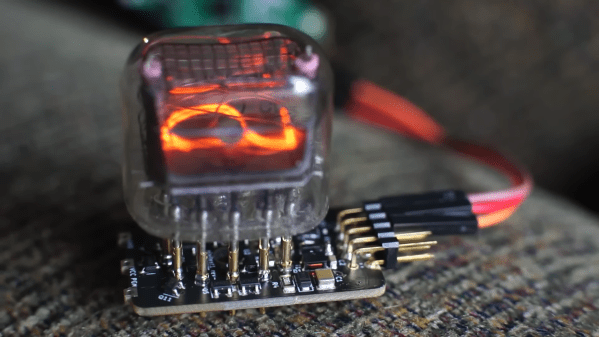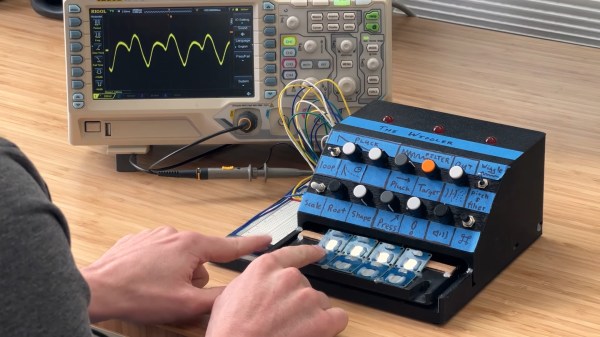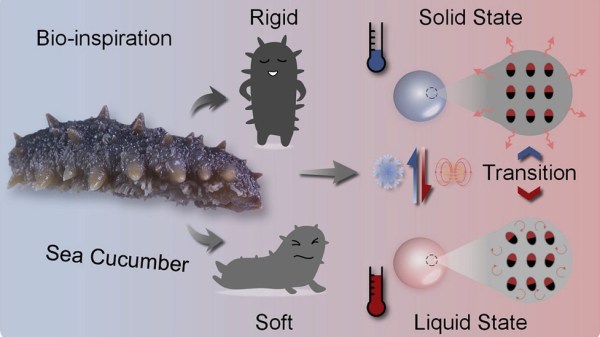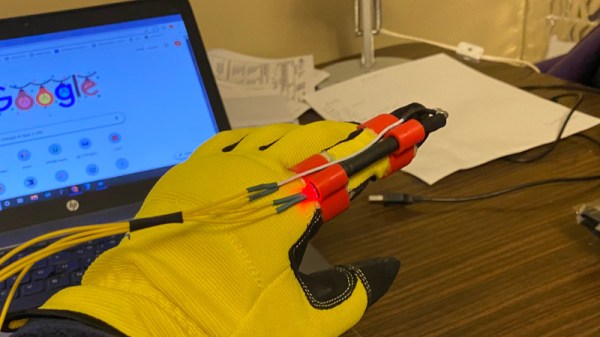In the six months that have passed after the last USB-C article has been released, I have thought up a bunch of ways that these articles could have been improved. It’s, of course, normal to have such a feeling — expected, even. I now believe that there’s a few gaps that I could bridge. For instance, I have not provided enough example circuits, and sometimes one schematic can convey things better than a thousand words.
Let’s fix that! I’ll give you schematics for the kinds of USB-C devices you’re actually likely to want to build. I’ll also share a bunch of IC part numbers in this article, but I don’t have an exhaustive collection, of course – if you find more cool ICs that work for USB-C purposes and aren’t mentioned here, please do let us all know in the comments!


